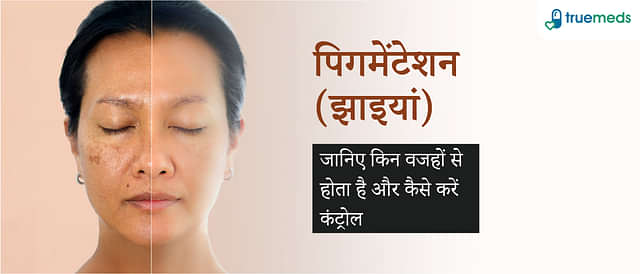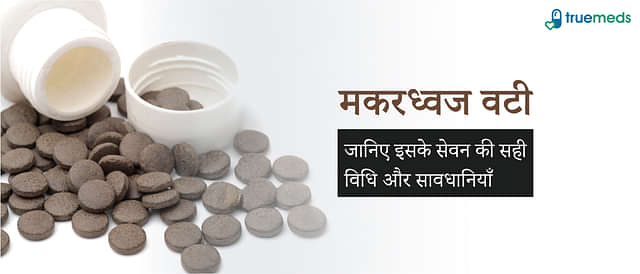The Use of Wearable Technology for Tracking and Improving Health
Last updated on : 08 Mar, 2023
Read time : 4 min
The use of wearable technology for tracking and improving health has become increasingly popular in recent years. With the rise of smartwatches and fitness trackers, individuals now have access to a wealth of information about their health and fitness. From tracking daily steps to monitoring heart rate and sleep patterns, wearable devices have become indispensable tools for people looking to improve their overall well-being. In this blog, we will explore the benefits of wearable technology for health tracking and how it can help individuals lead healthier, more fulfilling lives.
What is wearable technology?
Wearable technology is any electronic device worn on the body designed to track or monitor a person’s health and fitness. These devices can be worn as smartwatches, fitness trackers, entrenched in clothing, or accessories.
The most common types of wearable technology include smartwatches and fitness trackers. These devices have sensors that track and monitor various health metrics, including heart rate, steps taken, calories burned, and even sleep quality.
Types of wearable technology for health tracking
Various types of wearable technology are available for health tracking, each with unique features and benefits. They are
Smartwatches are the most popular wearable device, offering a wide range of features, including heart rate monitoring, activity tracking, sleep tracking, and even GPS.
Fitness trackers, on the other hand, are designed specifically for tracking physical activity, such as steps taken, distance travelled, and calories burned.
Blood glucose monitors will help to provide data about the health status and help to manage hectic medical conditions. Ultimately, the type of wearable device that fits an individual will depend on their specific health goals and needs.
Benefits of Wearable Technology for Health Tracking
Health tracking is monitoring daily activities like steps taken, and distance covered. This helps to improve their physical activities. By tracking physical activities, the quality of life will be improved.
Wearable devices can also track activities like swimming, cycling and running and provide detailed performance data. This information can be used to set goals and monitor an individual’s progress.
Sleep tracking is another popular feature of wearable technology. By monitoring sleep patterns, individuals can gain insight into the quality and duration of their sleep and identify areas where they can improve sleep hygiene. Wearable devices can track sleep duration, time spent in different sleep stages, and even snoring. This information can be used to adjust sleep habits and improve overall sleep quality.
Key features of wearable technology for tracking and improving health
Wearable technology for tracking and improving health typically includes critical features that enable users to monitor their health and wellness in real time.
Some of the most common features include heart rate monitoring, which allows users to track their heart rate throughout the day, providing valuable insights into their cardiovascular health.
Activity tracking is another key feature, allowing users to monitor their daily physical activity.
Sleep tracking is also essential, helping users understand the quality and duration of their sleep.
Other key features may include GPS tracking, which allows users to track their outdoor activities and location, as well as alerts and reminders, which can help users stay on track with their health goals.
Safety, Data protection, and Challenges
Safety is a key concern with wearable technology, as devices are worn directly on the body for extended periods of time. Issues such as skin irritation, allergic reactions, and overheating can arise, particularly if devices are worn too tightly or for too long. It is important for individuals to be aware of these risks and take steps to minimize them, such as adjusting device placement or taking breaks from device use.
Data protection is an essential factor in wearable devices. The health data must be securely stored and protected from unauthorized access, theft, or misuse. Manufacturers and developers must ensure their devices are designed with privacy and security and adhere to strict data protection standards.
The challenge of wearable devices must be accurate and reliable to provide meaningful data. They must also be user-friendly and should provide easy-to-understand data. Manufacturers should consider these challenges for improving their brand quality.
Conclusion
Wearable technology can be a powerful motivator for individuals looking to make positive changes to their health. By tracking progress and setting goals, individuals can stay motivated and focused on their fitness and wellness goals. Wearable devices can also provide feedback and encouragement, such as reminders to stand up and move throughout the day, which can help individuals stay on track and maintain a healthy lifestyle.
Disclaimer
Our healthcare experts have carefully reviewed and compiled the information presented here to ensure accuracy and trustworthiness. It is important to note that this information serves as a general overview of the topic and is for informational purposes only. It is not intended to diagnose, prevent, or cure any health problem. This page does not establish a doctor-patient relationship, nor does it replace the advice or consultation of a registered medical practitioner. We recommend seeking guidance from your registered medical practitioner for any questions or concerns regarding your medical condition.
Popular Articles
Recommended Articles
Recent Articles
Top-Selling Medicines:
...View more
Top-Selling OTC:
...View more
Company
About UsHealth ArticleHealth StoriesDiseases & Health ConditionsAll MedicinesAll BrandsNeed HelpFAQSubscribe
Registered Office Address
Grievance Officer
Download Truemeds

Contact Us
Our customer representative team is available 7 days a week from 9 am - 9 pm.
v3.7.12
Our Payment Partners


























































